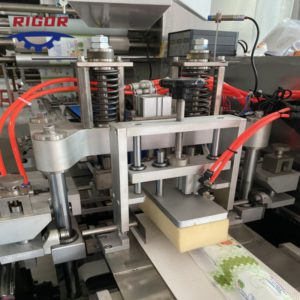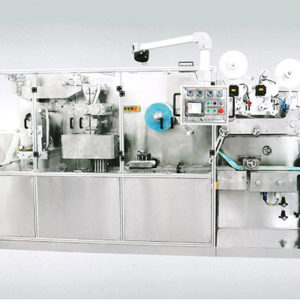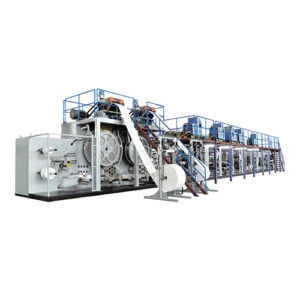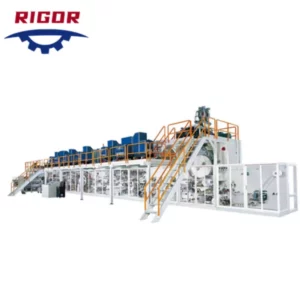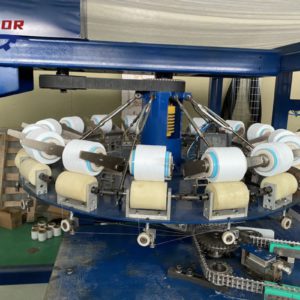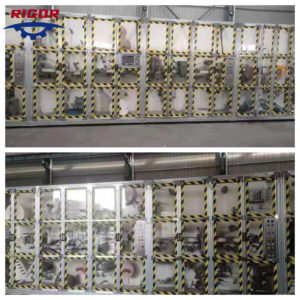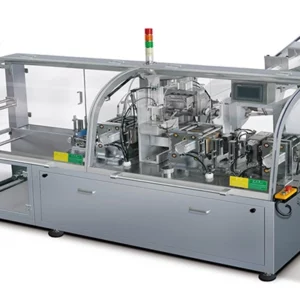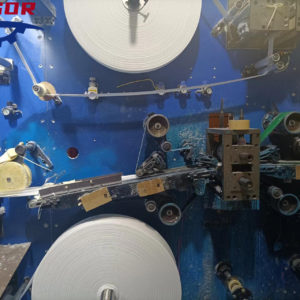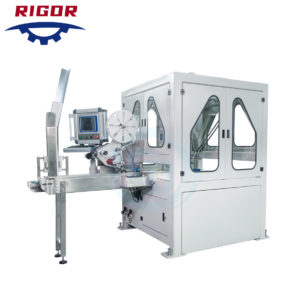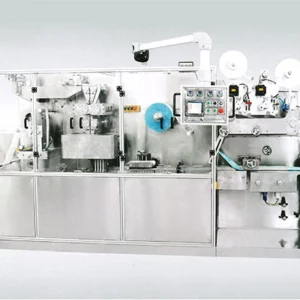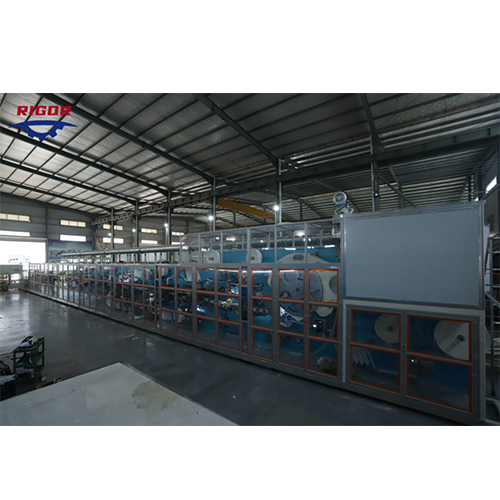
Empowering Women’s Health with Lady Sanitary Napkin Machines
Access to affordable and hygienic sanitary napkins is a significant challenge for women worldwide. However, lady sanitary napkin machine provide a solution by enabling small-scale production of sanitary pads at the local level. In this article, we will explore how these machines are improving women’s health, creating employment opportunities, and supporting community development.
Breaking Down Barriers to Women’s Health

One of the main barriers to accessing sanitary products for women and girls is the cost. Store-bought napkins may be unaffordable for lower-income families in developing regions. Reusable cloth napkins require access to water and soap for washing, which many lack. As a result, women resort to unsanitary and unsafe alternatives during menstruation, putting their health at risk.
Cultural taboos surrounding menstruation also present obstacles. In many traditional societies, periods are considered dirty or impure, leading to stigma and preventing open discussion and solutions. Women may be isolated in menstrual huts or taken out of school during their periods. The lack of proper sanitary hygiene due to secrecy, shame, and misinformation further increases health risks.
Lady sanitary napkin machines installed in villages address these barriers directly. Local production makes the sanitary pads affordable and accessible. Running the machines creates employment opportunities for women. The sale and distribution of the pads by local women help break taboos through education and open dialogue about menstrual health. This integrated approach uplifts women economically while improving community health.
How Lady Napkin Machines Work
Lady napkin machines are designed to be operated with minimal training by women’s self-help groups in rural villages. The manufacturing process is simple and utilizes readily available raw materials.
The process involves the following steps:
•Loading raw materials like cotton, pine wood pulp, and absorbent polymers into the machine.
•Moving the raw materials through an integrated sequence of processes, including mixing, grinding, compressing, and shaping.
•Using a conveyor belt to carry the material through pressure rollers to densify and shape it into napkins.
•Manual folding and packaging of the napkins by operators.
•Distributing and selling the sanitary pads locally at affordable prices.
These machines are available in various production capacities, ranging from 1,000 to 10,000 napkins per day. The entire process can be managed from start to finish by 3-4 women operating the machine. Maintenance requirements are minimal due to the machines’ simple mechanical design.
Benefits to Women and Communities
Lady napkin machines have a significant impact on women’s health, employment, and community development:
•Improved access to affordable and hygienic sanitary napkins.
•Increased school attendance by teenage girls who can effectively manage their periods.
•Greater awareness and education about menstrual health.
•Reduced risk of reproductive infections from the use of unsanitary pads.
•Job opportunities and supplementary income for women operating the machines.
•Support for female entrepreneurs involved in selling and distributing the pads.
•Boosted local economy through production and sales.
By facilitating small-scale decentralized production, lady napkin machines empower women to take control of their menstrual health. The local availability of sanitary pads helps overcome cultural taboos and enables women to manage their periods with safety and dignity. This small innovation is making a significant difference worldwide.
